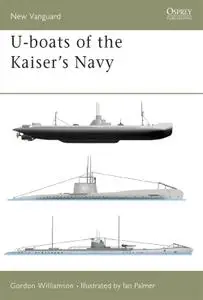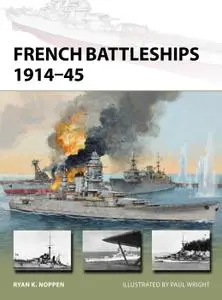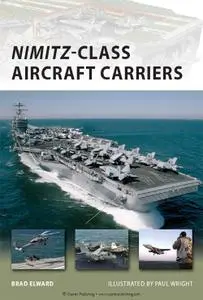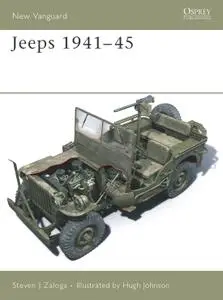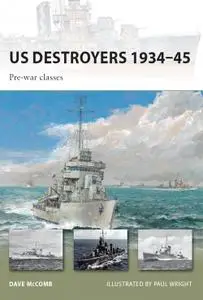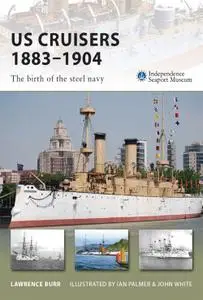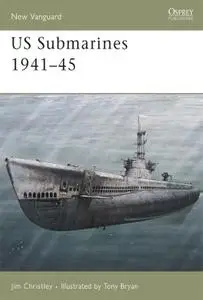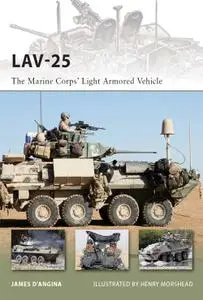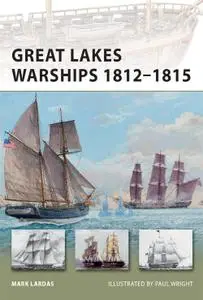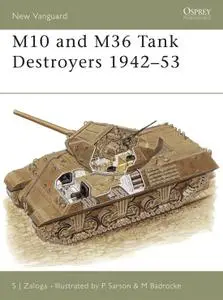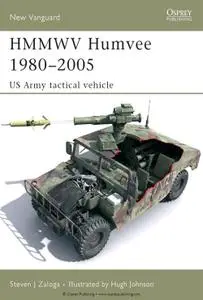U-boats of the Kaisers Navy (New Vanguard, Book 50)) by Gordon Williamson
English | March 20th, 2012 | ISBN: 1841763624 | 48 pages | EPUB | 6.35 MB
English | March 20th, 2012 | ISBN: 1841763624 | 48 pages | EPUB | 6.35 MB
As was the case in World War II, one of the greatest threats to Britain during World War I was the German U-boat menace. This book traces the development of the U-boat threat from the Brandtaucher, designed by Wilhelm Bauer, the father of the German submarine arm, in 1850, through to the commissioning of Germany's first U-boat to go into service, the U-1, in 1906. It then covers the main types of World War I U-boat, detailing the operational history of the U-boat service in depth, with a particular focus on the campaigns in the Atlantic and Mediterranean, as well as the slow build up of anti-submarine measures by the allies.


